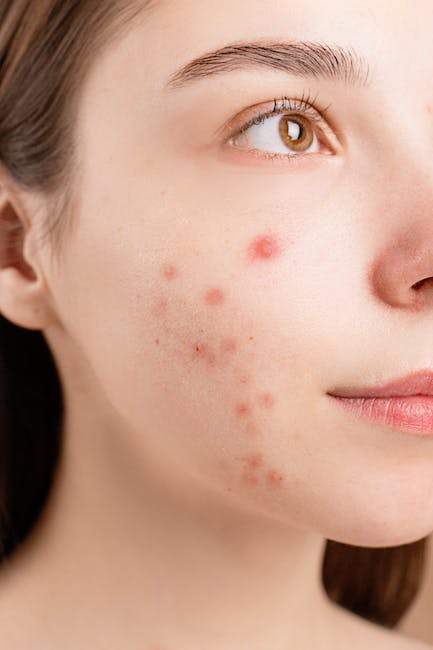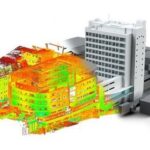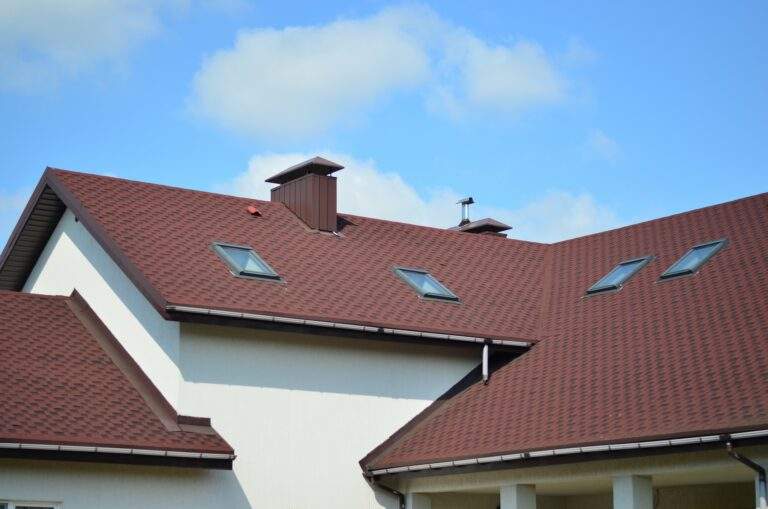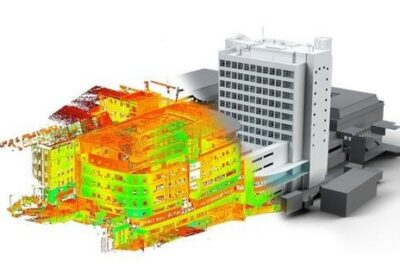
Eczema vs Acne: What Are the Differences?
These two conditions sound like opposites and competing products at the drugstore are sure to drive home that point further. And if you have them or your child has them both, it’s only natural to want to distinguish them further apart.
But what is the difference between eczema vs acne, and more importantly, how can we stop them? Keep reading to find out!
Eczema
So, what is eczema? It’s a term for a group of medical conditions that cause the skin to become irritated and inflamed. It’s not contagious, but it can be uncomfortable and stressful.
Types of Eczema
There are four main types of eczema: atopic dermatitis, contact dermatitis, dyshidrotic eczema, and seborrheic dermatitis.
Atopic dermatitis is the most common type of eczema and is often associated with allergies. Contact dermatitis occurs when the skin comes into contact with an irritant, such as a chemical or an allergen.
Dyshidrotic eczema is characterized by small, itchy blisters on the hands and feet. Seborrheic dermatitis is a form of eczema that affects the scalp, causing flaking and itchiness.
Causes of Eczema
The causes of eczema include both environmental and genetic factors. Common environmental triggers include irritants like soap, chemicals, or dust, excessive dryness or humidity, and temperature changes.
Treatments for Eczema
For mild eczema, over-the-counter hydrocortisone cream can be effective. For more severe cases, prescription topical creams or oral medications may be necessary.
In severe cases of eczema, light therapy (phototherapy) may be recommended. This involves exposing the skin to ultraviolet light on a regular basis to reduce inflammation.
Acne
What is acne? It’s an inflammatory skin condition that occurs when the pores of the skin become blocked with oil, dead skin cells, and bacteria. Acne can occur on the face, neck, chest, back, and shoulders.
Types of Acne
There are main types of acne: whiteheads, blackheads, papules, pustules, and nodular acne.
Whiteheads are small and closed at the surface. Blackheads are bigger and open at the surface. Papules are small, red, and can be sensitive to touch.
Pustules are also red but have a white or yellowish head. All four types of acne can be painful and can cause scarring.
Nodular acne is a type of acne that is characterized by large, hard bumps that are deep under the skin. These bumps are usually very painful and can last for weeks or even months. To know more about what is nodular acne, click here.
Causes of Acne
There are many causes of acne, but the most common cause is an increase in hormones. When hormone levels increase, the oil glands in the skin produce more oil.
This excess oil can clog pores and trap bacteria, which can lead to inflammation and acne. Other causes of acne include stress, medications, and certain cosmetics.
Treatments for Acne
The most common treatment for acne is a topical medication, such as benzoyl peroxide, salicylic acid, or retinoids. These medications help to kill the bacteria that cause acne and to prevent the production of excess oil.
Treatment for acne may also include oral antibiotics, birth control pills, or isotretinoin. In severe cases, laser therapy or dermabrasion may be necessary.
Learn the Difference Between Eczema vs Acne Now
If you have any questions about eczema vs acne, it’s best to consult with a doctor or dermatologist. Both eczema and acne can be treated with medication, but the treatment plan will differ depending on the diagnosis.
Be sure to follow your prescribed treatment plan and avoid picking at your skin to prevent further irritation.
Did you find this article helpful? Visit more of our blogs!















